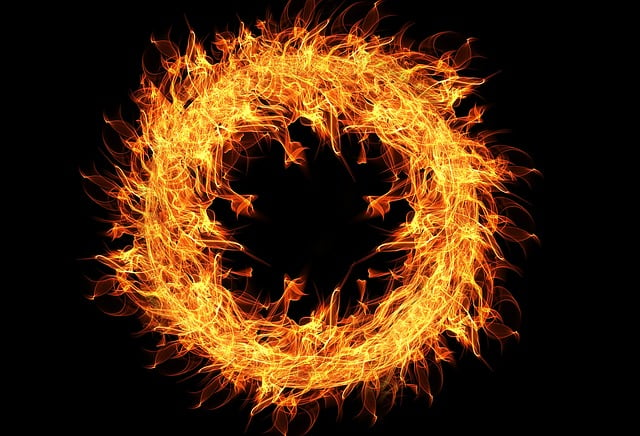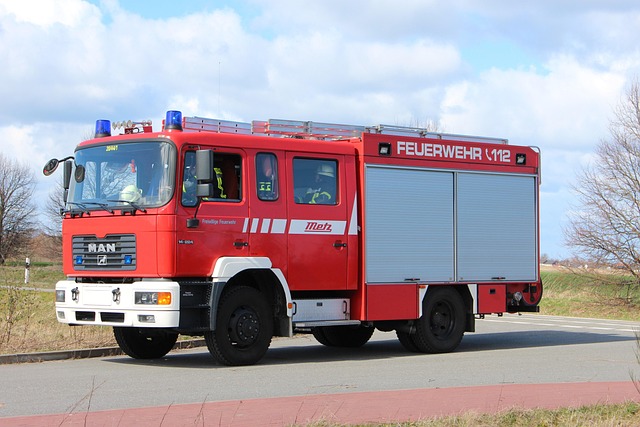Identifying Schertz home fires' common causes like kitchen mishaps, electrical issues, and unattended candles is key to prevention. Post-fire recovery involves documenting damage, prioritizing safety during appliance handling, consulting professionals for restoration, and adhering to local building codes for a safe, livable space.
In Schertz homes, fire restoration goes beyond putting out flames. Understanding common causes of house fires—from kitchen mishaps to electrical malfunctions—is key to effective recovery. This article guides homeowners through the intricate process of navigating appliance damage after a fire and restoring their Schertz residence to its former glory. By exploring triggers, addressing appliance issues, and implementing restorative measures, you’ll gain insights crucial for a seamless post-fire turnaround.
- Uncovering Schertz Home Fire Triggers
- Navigating Appliance Damage After a Fire
- Restoring Your Schertz Home Post-Fire
Uncovering Schertz Home Fire Triggers

In many Schertz homes, uncovering the triggers behind a fire can be a complex task, but identifying common causes is a crucial step in preventing future incidents. House fires often result from a combination of factors, ranging from human error to mechanical failures. One of the primary sources is kitchen mishaps, where unattended cooking or grease ignition plays a significant role. Electrical issues, such as faulty wiring or overloaded circuits, are another leading cause, especially in older homes. Heater and fireplace malfunctions also contribute to fire risks, underlining the importance of regular maintenance.
Additionally, candles left burning unattended or children playing with flammable materials can lead to accidental fires. Natural disasters like lightning strikes or wildfires can also ignite homes, particularly in areas prone to such events. Understanding these common causes is a proactive step for Schertz residents, enabling them to take preventive measures and ensure faster recovery when damage does occur.
Navigating Appliance Damage After a Fire

After a fire, navigating appliance damage is crucial for Schertz homeowners. Common causes of house fires in Schertz homes include kitchen equipment malfunctions, electrical system failures, and accidental candles or heating devices left unattended. These incidents can leave behind significant debris and structural damage, impacting not just walls and floors but also valuable appliances.
To begin the recovery process, document damage thoroughly with photos, identifying affected items and their extent. Prioritize safety when handling damaged appliances – some may still be hazardous due to lingering heat or electrical issues. It’s essential to consult with professionals who specialize in fire restoration to assess repairability and implement safe disposal methods for items beyond salvage.
Restoring Your Schertz Home Post-Fire

After a fire, your Schertz home faces significant challenges on the path to recovery. Understanding common causes of house fires in Schertz can help prevent future incidents and guide restoration efforts. Kitchen malfunctions, electrical issues, and accidental candles or heating devices are among the top culprits. These initial steps are crucial for mitigating further damage and ensuring a safe living environment.
Restoration should begin with assessing structural integrity, especially if the fire was severe. Professional crews will then tackle cleaning and decontaminating affected areas, removing charred debris, and neutralizing hazardous chemicals. Throughout this process, prioritizing safety and following local building codes is paramount to ensure your Schertz home returns to a livable state after the devastation of a fire.
In addressing the common causes of house fires in Schertz homes, prompt action and professional assistance are key. After a fire, understanding the extent of appliance damage is crucial for safe and effective recovery. By following a structured approach, from uncovering the initial triggers to restoring your Schertz home, you can ensure a successful return to normalcy while mitigating potential risks associated with fire restoration.
